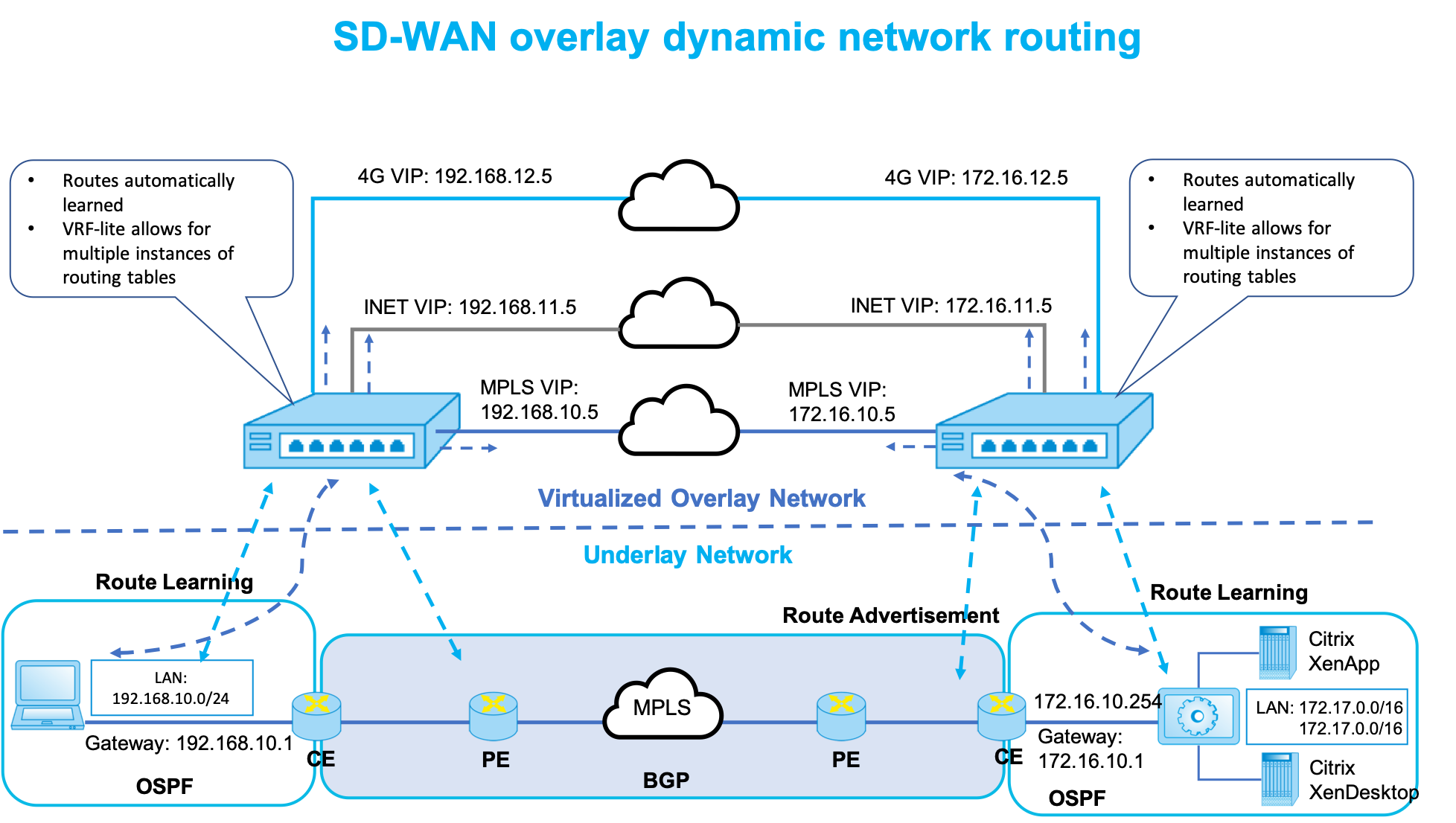This content has been machine translated dynamically.
Dieser Inhalt ist eine maschinelle Übersetzung, die dynamisch erstellt wurde. (Haftungsausschluss)
Cet article a été traduit automatiquement de manière dynamique. (Clause de non responsabilité)
Este artículo lo ha traducido una máquina de forma dinámica. (Aviso legal)
此内容已经过机器动态翻译。 放弃
このコンテンツは動的に機械翻訳されています。免責事項
이 콘텐츠는 동적으로 기계 번역되었습니다. 책임 부인
Este texto foi traduzido automaticamente. (Aviso legal)
Questo contenuto è stato tradotto dinamicamente con traduzione automatica.(Esclusione di responsabilità))
This article has been machine translated.
Dieser Artikel wurde maschinell übersetzt. (Haftungsausschluss)
Ce article a été traduit automatiquement. (Clause de non responsabilité)
Este artículo ha sido traducido automáticamente. (Aviso legal)
この記事は機械翻訳されています.免責事項
이 기사는 기계 번역되었습니다.책임 부인
Este artigo foi traduzido automaticamente.(Aviso legal)
这篇文章已经过机器翻译.放弃
Questo articolo è stato tradotto automaticamente.(Esclusione di responsabilità))
Translation failed!
Build an SD-WAN network
To build an SD-WAN overlay network without the need to build SD-WAN overlay route tables:
-
Create a WAN Path tunnel across each WAN link between two SD-WAN appliances.
-
Configure Virtual IP to represent the endpoint for each WAN link. You can establish encrypted WAN paths through the current L3 Network.
-
Aggregate 2, 3, and 4 WAN paths (physical links) into a single Virtual Path allowing packets to traverse the WAN utilizing the SD-WAN overlay network instead of the existing underlay which is least intelligent and cost inefficient.
SD-WAN routing components and network topology
-
Local – subnet resides at this site (advertised to SD-WAN environment)
-
Virtual Path – sent through Virtualized Path to the selected site appliance
-
Intranet – sites with no SD-WAN appliance
-
Internet – internet bound traffic
-
Pass-through – untouched traffic, in one bridge interface out the other
-
Default route (0.0.0.0/0) defined - Used for pass-through traffic not captured by the SD-WAN overlay route table, or utilized at the MCN to instruct clients sites to forward all traffic back to MCN node for back-haul of internet traffic.

Share
Share
This Preview product documentation is Cloud Software Group Confidential.
You agree to hold this documentation confidential pursuant to the terms of your Cloud Software Group Beta/Tech Preview Agreement.
The development, release and timing of any features or functionality described in the Preview documentation remains at our sole discretion and are subject to change without notice or consultation.
The documentation is for informational purposes only and is not a commitment, promise or legal obligation to deliver any material, code or functionality and should not be relied upon in making Cloud Software Group product purchase decisions.
If you do not agree, select I DO NOT AGREE to exit.